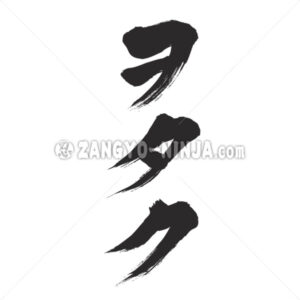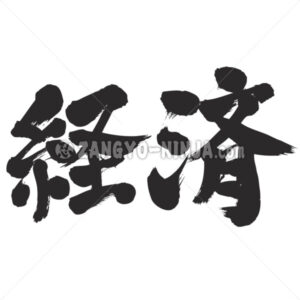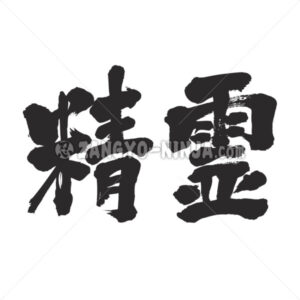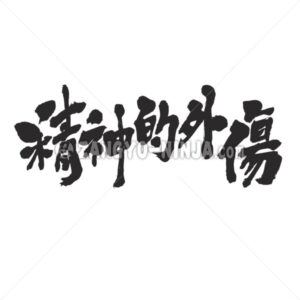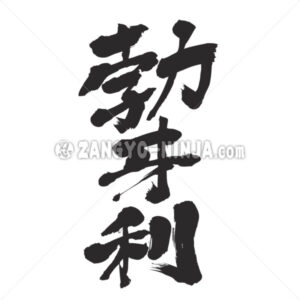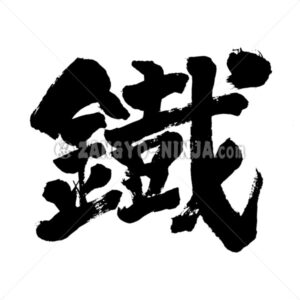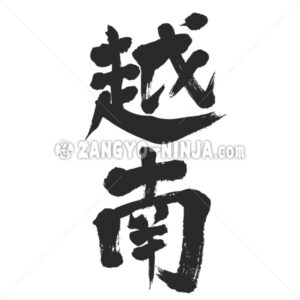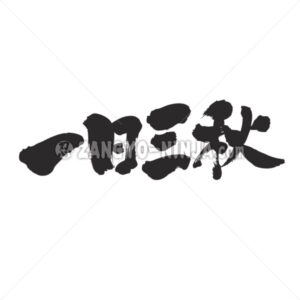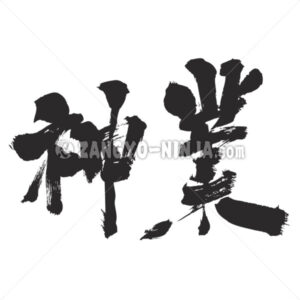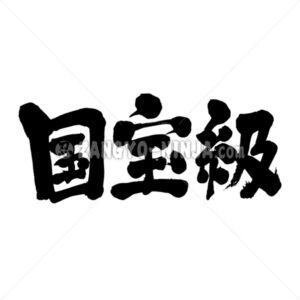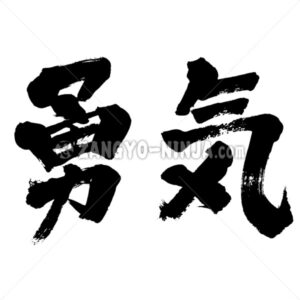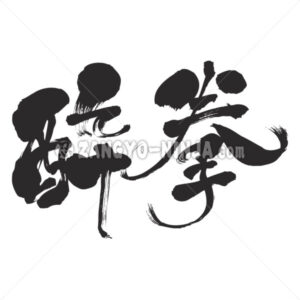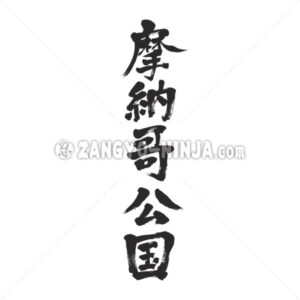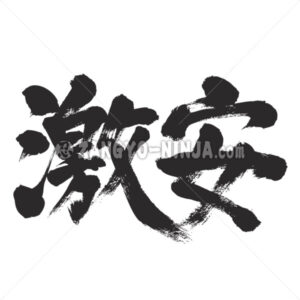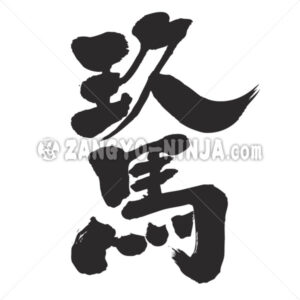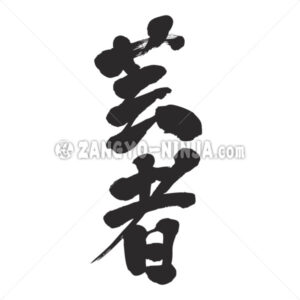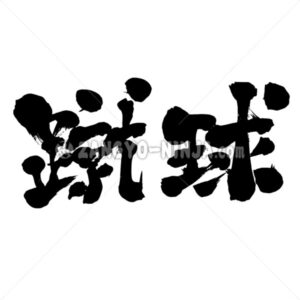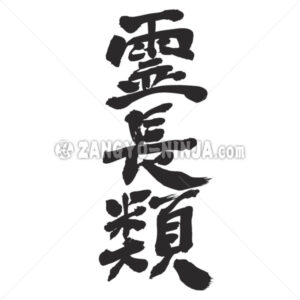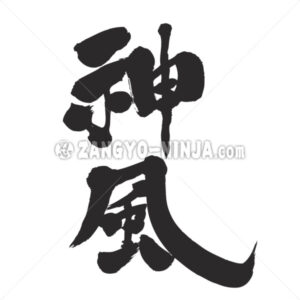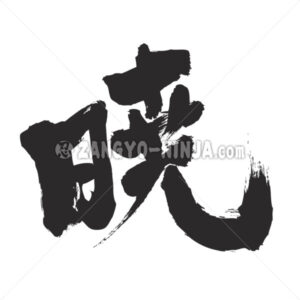
1. The darkest days before the rising sun. In the old days, it is the time from half past to half of the night. dawn, daybreak. 2. Clearly understand.
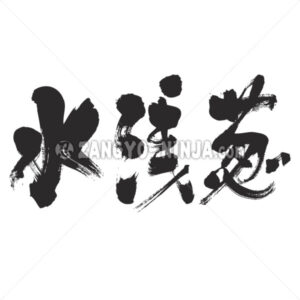
A pale blue color with a slight purple color. Japanese calls Mizu-Asa-Gi as Japanese colors name. This color is a representation of the traditional Japan name. HEX: #80aba9 RGB: R:128 G:171 B:169,CMYK C:25% M:0% Y:1% K:33%
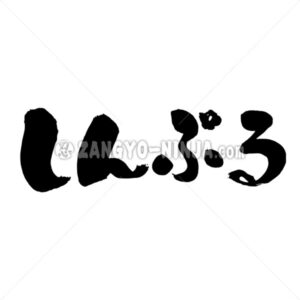
It looks like there is no point or complexity. There is no place to be embarrassed. Japan call “Shi n pu ru”, it’s transliteration for Simple in Japanese Hiragana.
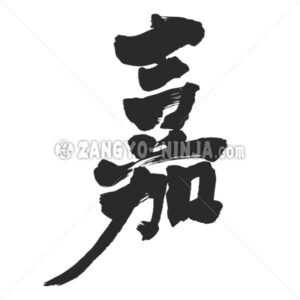
1. auspicious. 2. Great. Admirable. 3. compliment. It will be noted in the celebration. Japan call “Hiro”, “Yoshi”, “Yoshimi”, “Yomishi”.
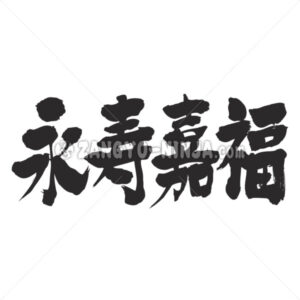
It is to say that we use for greetings of the new year and pray for long life and happiness. Japan call “Ei ju ka fuku”.
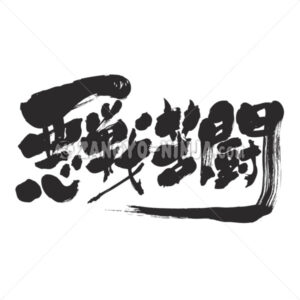
Make an effort with all your heart while suffering in a very difficult time. It is said that it is difficult to fight against a strong enemy and fight painfully. Japanese says “Aku sen ku to”.
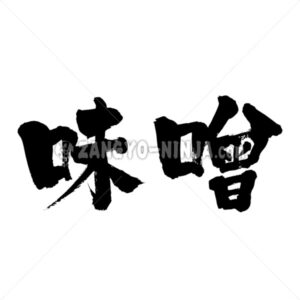
1. One of the Japanese style seasonings. Steamed soybeans, fermented by adding salt and koji. 2. Something similar to miso in color and condition in the shells of crabs and shrimps. 3. Proud advantages. A point where the ideas and ideas were broken.
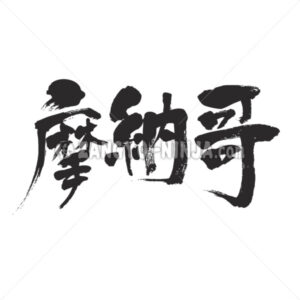
A country located in western Europe, southeastern France, in the health resort Cote d’Azur facing the Mediterranean Sea, 14 km east of Nice. The world’s second smallest country after the Vatican City. One of the world’s leading tourist and health resorts known for its casinos.
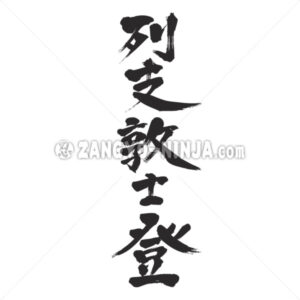
Principality surrounded by Switzerland and Austria in the Alps, in central Europe. The Rhine flows through the western border, the lowlands in the north, and mountains above 2000m in the south.
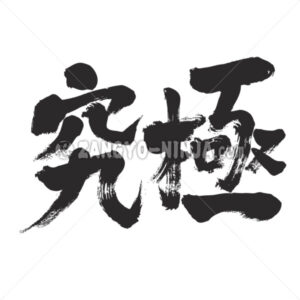
To get something done. Also, where to reach the end in that way. Keeping things in order and deciding. Also, its final destination. Japanese says “Kyu kyoku”.
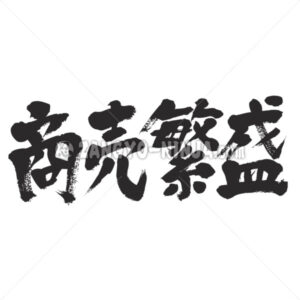
That the business goes well, the profit comes out, and it flourishes. Japanese says “Sho bai han jo”.
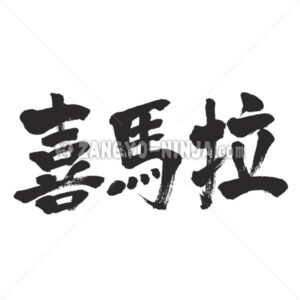
The world’s largest mountain range on the border between India, Nepal, Bhutan, Pakistan and China. In the west, the Indus River to the east are Bramaptura rivers. It has the highest peak at Everest (8846 meters above sea level) and many high peaks of 7000 to 8000 meters.


